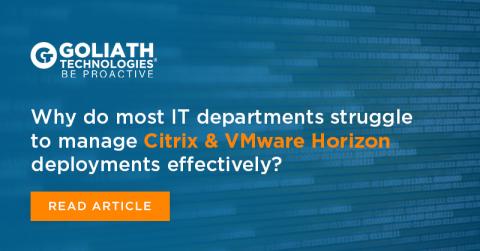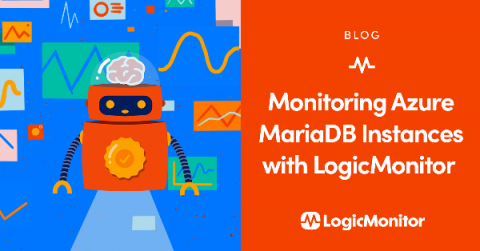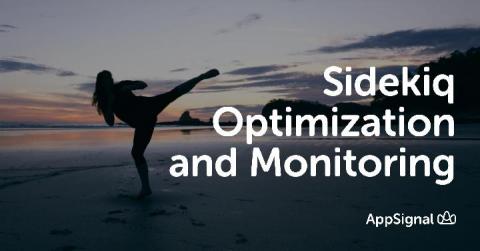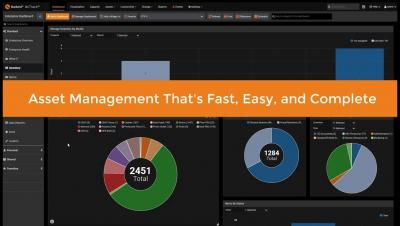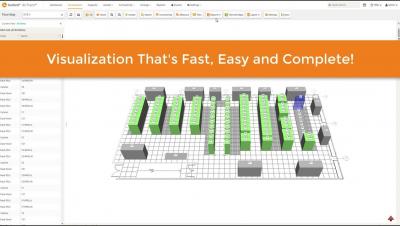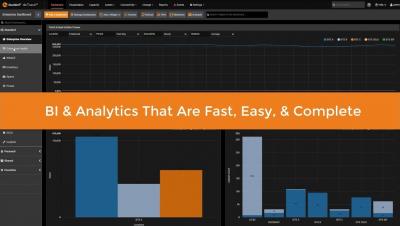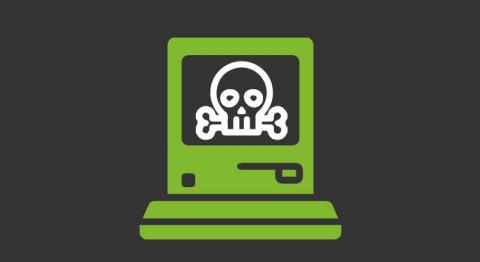Operations | Monitoring | ITSM | DevOps | Cloud
%term
SquaredUp for Azure is now live
The first product to let you build live, interactive 360° dashboards that give you complete visibility of your cloud-hosted applications. Today is the start of an exciting new chapter at SquaredUp. The biggest release in the history of our company – SquaredUp for Azure – is now live!
Troubleshoot Citrix & VMware Horizon Deployments
IT spends millions of dollars and years of worker-time so their workforces can work anywhere, anytime, on any device, securely. And a huge chunk of that investment is in VDI from Citrix or VMware Horizon, both on-prem and in the cloud. As a result, IT, you’ve delighted your end-users with a super high-performing, super reliable end-user experience, right?
Monitoring Azure MariaDB Instances with LogicMonitor
Released in 2009, MariaDB is a popular open-source fork of the MySQL relational database management system. MariaDB is intended as a drop-in replacement for MySQL, so data and table definitions, protocols, structures, and connectors require little to no modification in order to migrate. MariaDB also contains several enhancements, including faster indexes and cache, increased connection thread pools, and support for more storage engines.
Sidekiq Optimization and Monitoring
We often get questions about optimizing or monitoring Sidekiq. Monitoring is kind of our game, but optimizing Sidekiq’s performance is a different ball game altogether. In reality, optimizing is complex, but let’s start by looking at the seemingly simple answers…
dcTrack 7.0 ServiceNow Integration
dcTrack 7.0 Asset Management
dcTrack Visualization
dcTrack 7 BI and Analytics
What is a post mortem incident? How can we monitor this?
In particular, I liked very much the article that our colleague Sara Martin wrote in Pandora FMS blog about crisis management in information technology, these are the steps: Legend: “Jack’s Lantern (https://commons.wikimedia.org/wiki/File:Jack-o-lantern.svg) This article starts from point number five: when after a certain time of recovery the crisis has been solved and becomes a post mortem incident. This word comes from the Latin language and it means “after death”.




